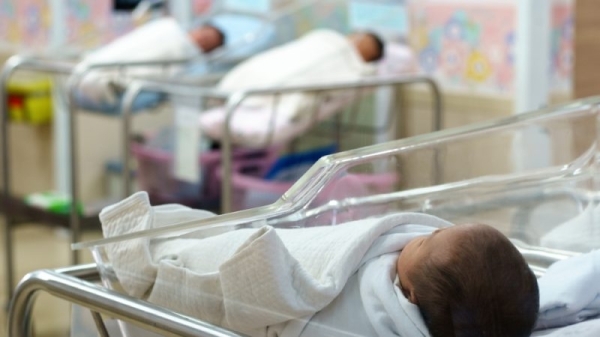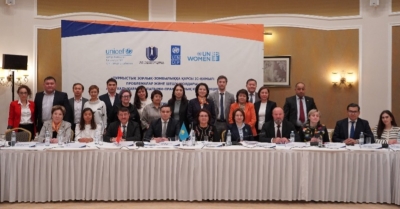Albania’s birthrate drops to three-decade low

Albania’s birthrate in this year’s first quarter dropped to lows not seen since the 1990s and decreased by 16.9% compared to the same period last year, according to data from INSTAT published this week.
In the first quarter of this year, births reached 5,164, marking a decrease of 16.9% compared to the first quarter of 2022, INSTAT figures show.
This represents the lowest amount of births recorded in a quarter over the past 30 years, INSTAT’s data adds.
Going by county, Tirana saw the highest population growth, with 581 more births than deaths. Conversely, the worst birth-to-death ratio was recorded in the southern county of Korça, which recorded 265 more deaths than births.
Yet, compared to the first quarter of last year, all regions recorded a decrease in the number of births compared to the first quarter of 2022.
Due to high levels of emigration and the sharp decline in the number of births, Albania’s population is taking a major hit.
In terms of emigration, since the fall of communism in 1991, some 1.4 million have left the country, with over 700,000 leaving in the last decade.
A twice-postponed census, scheduled for September, will shed further light on the situation, but according to a study by GMF, Albania lost 37% of its citizens as a result of emigration, most of whom are skilled youth who are either unemployed or tired of a low quality of life.
The number of deaths has also decreased due to the end of the pandemic, reaching numbers similar to those before the pandemic as expected, with a decrease of approximately 31%, according to INSTAT.
Although the death rate has returned to pre-pandemic numbers, the decrease in births in the first quarter of 2023 has resulted in a negative natural increase rate, meaning that there were 393 more deaths than births.
Albania experienced a high population increase from 1950 to 1991, peaked at a total population of 3.3 million. 1990 the birthrate surpassed 82,000 in one year, whereas in 2022, it was just 23,500.
While the high birth rates in the 1990s should have reflected in more stable birth rates today, migration of younger generations means many are giving birth abroad where they have settled. In addition, the fertility rate has been on a downward trajectory since the 1960s, decreasing from six births per woman to 1.32 in 2021.
This is due to society’s socio-economic and cultural changes, including access to reproductive healthcare and the career aspirations of women and men.
The United Nations predicts that if the trend continues regarding migration and declining birth and fertility rates, the population could shrink to 1.1 million by 2100.
(Isaac Dupree | Exit.al)
Read more with EURACTIV




